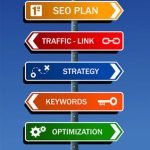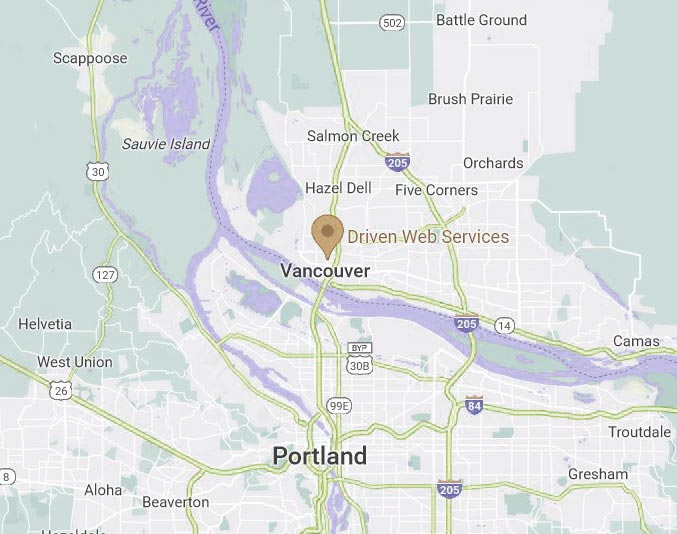 With the tools available today, just about anyone can create a website. However, to create a user-friendly site that will engage your readers and have them come back on a continuous basis, far more planning is needed then just throwing a bunch of pages together, writing some content, uploading a few pictures and publishing your site. Keep in mind that you will be competing against a large number of other business owners within your niche, and so the last thing you want is to lose your prospects simply because they felt the whole process of browsing your website was far too frustrating. According to Websitemagazine.com,,
With the tools available today, just about anyone can create a website. However, to create a user-friendly site that will engage your readers and have them come back on a continuous basis, far more planning is needed then just throwing a bunch of pages together, writing some content, uploading a few pictures and publishing your site. Keep in mind that you will be competing against a large number of other business owners within your niche, and so the last thing you want is to lose your prospects simply because they felt the whole process of browsing your website was far too frustrating. According to Websitemagazine.com,,
A good website is a rewarding outcome of several important elements encompassing design, content, navigation and functionality…
Here are a few tips to help you get started:
Create Concise Content That Is Easy to Scan
While the actual content on your site should be interesting, helpful and authoritative, don’t fall into the trap of making it look boring and tiresome to read. Nowadays, even with all the technology we have around us, we still have less time available than before, and so it becomes important for us to adapt to the situation. One way in which readers do this is by scanning the content that they are reading, looking for the points that they feel are the most interesting to them, and the way to help them with this goal is by breaking the content into several parts. This can be achieved by creating subheadings, bullets, paragraphs, and adding a few images to help readers get a better understanding of the information that they are skimming through. However, one thing to keep in mind is that even if a reader scans, it doesn’t mean that you should go shallow on the information you provide. This is a mistake that many website owners make, and it can backfire if you’re not careful.
Use Font That Is Readable
It can be very tempting to use fancy font just because it looks pretty, but keep in mind that many of these elaborate fonts don’t do very well when placed on a web page. The reason for this is because of the way that they are displayed to the reader, through their monitors. While a particular font might read well on paper, it doesn’t necessarily mean that it will perform the same way on a computer screen. The best way to avoid this problem is to stick with what works, and usually you will find that Sans serif fonts are usually very popular for websites. But you don’t have to stick with this rule, as long as you keep this point in mind when choosing a font that you feel would suit your needs.
Don’t Only Rely on Your Home Page as the Entry Point
The General Assembly blog states the following,
Keep in mind that many users will come to your site via a secondary page. For example, a user can be sent a direct link to a specific page on your site through email or social media.
In fact, it is usually the high quality traffic that enters your site through these other pages, so when you’re thinking about designing other usability-aspects such as navigation, don’t neglect these pages, otherwise you will be losing a lot of that traffic simply because they were confused as to where to go once they landed on your site.
Navigation on Your Site Should Be Easy
A bad navigation system can be detrimental to your sales funnel, so you want to pay special attention here. Have a good idea of how you want to direct your prospects to your products or services pages, or any other page that will increase the success of your site, and then implement this approach into the design of your navigation system. Always keep your navigation system above the fold, and make sure that it is clear to the site visitor as to where they will be landing when they click any of those links.
A user-friendly website design can have a huge impact on the success of your online business, and when you add this approach with the right marketing and SEO strategies, you will likely be one or more steps ahead of your competitors.







